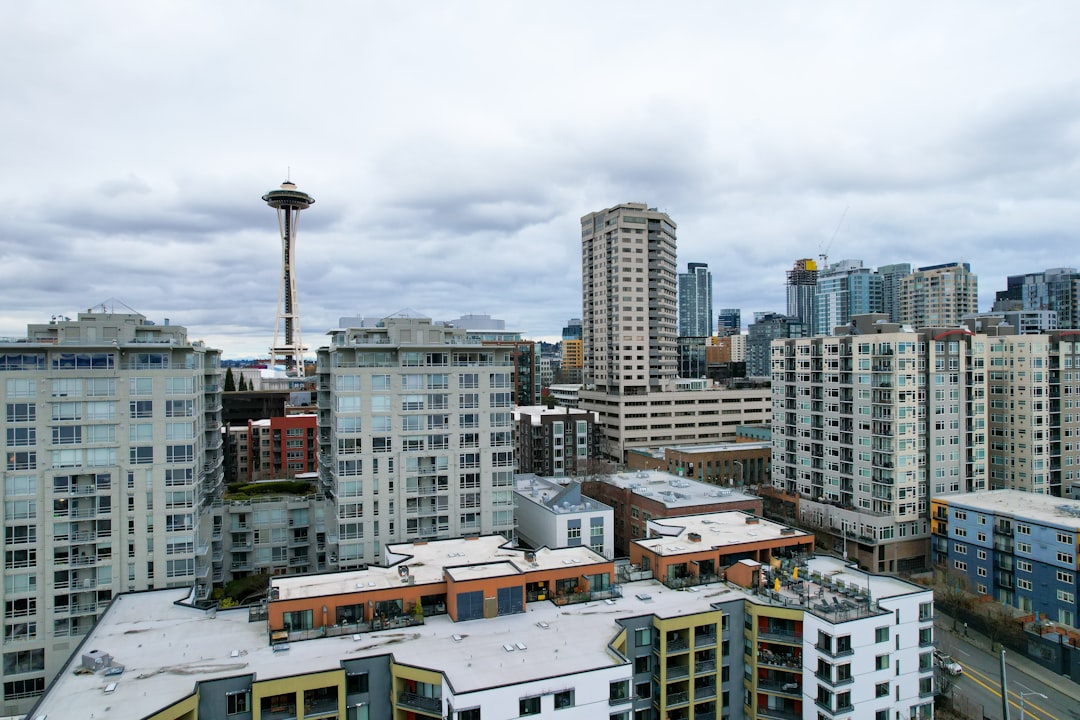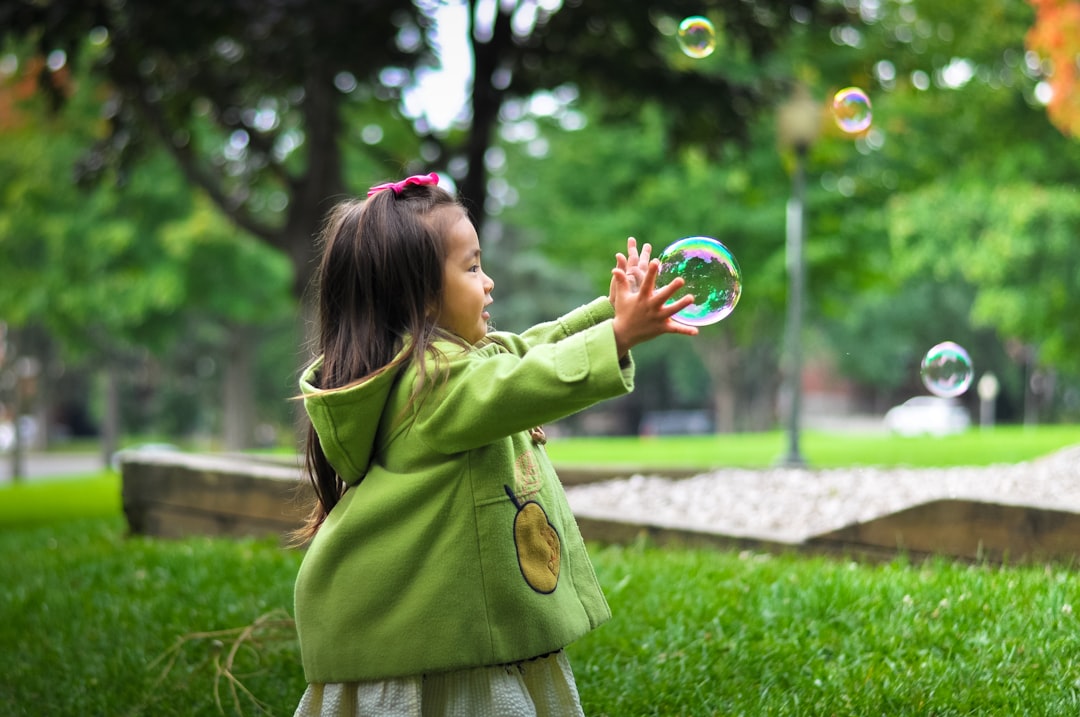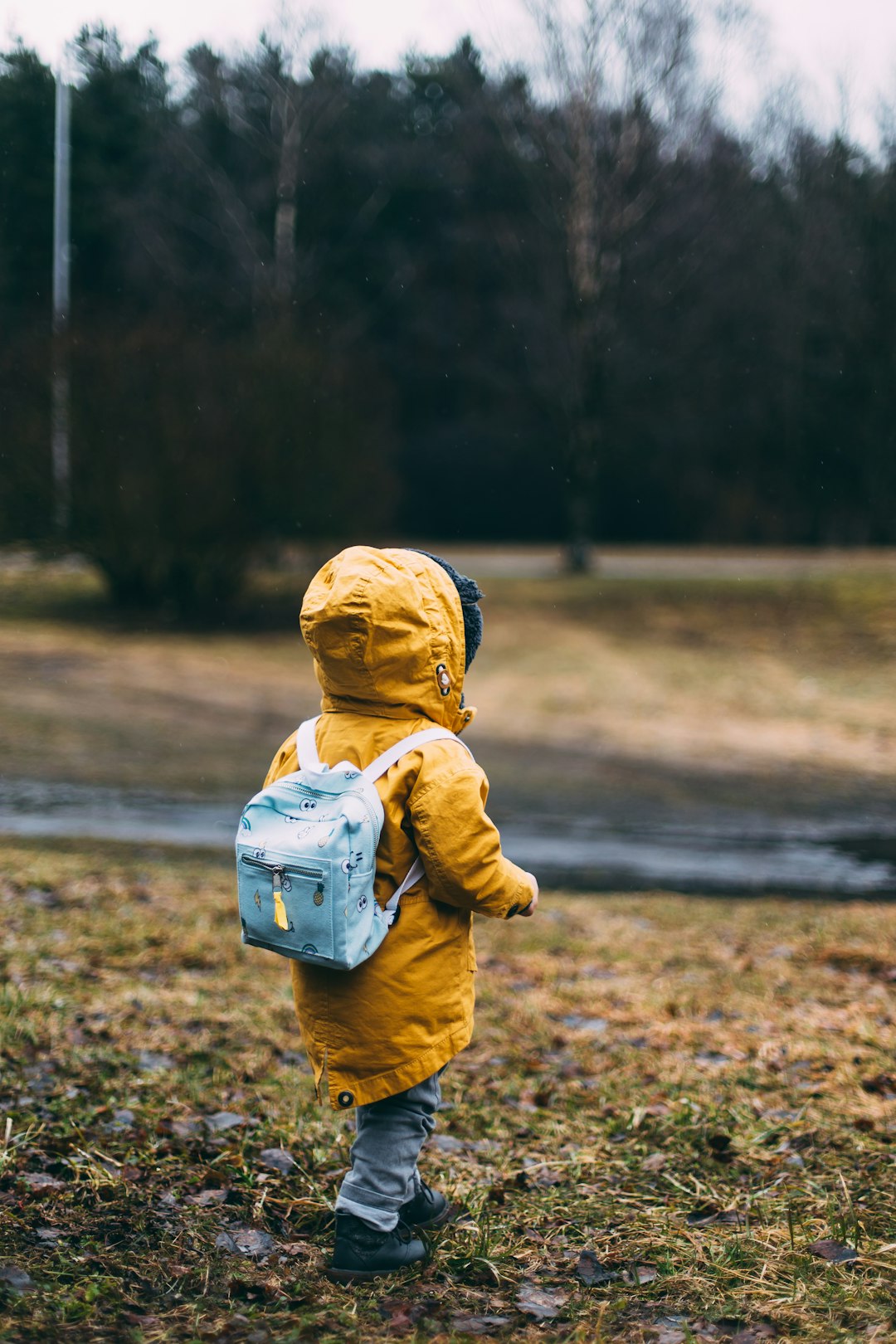Recognizing signs of child abuse and neglect is vital for protecting young lives in Tacoma. Look for physical injuries not explained by a child, behavioral changes like withdrawal or aggression, and indicators of neglect such as unsupervised dangers, lack of medical care, or unmet basic needs. If you suspect abuse, contact a local child abuse law firm Washington immediately to ensure children's safety. Parents should educate themselves about signs and laws, fostering open communication with kids to uncover potential issues early. Educators in Tacoma act as frontline defenders, using their mandated reporter status to identify red flags and report suspected cases, while teaching personal boundaries, consent, and healthy relationships to create a protective community environment.
In Tacoma, preventing child abuse is a collective responsibility. This comprehensive guide equips parents and educators with essential tools to safeguard children from harm. We explore critical signs of abuse and neglect, offering strategic insights for proactive protection. From recognizing behavioral changes to implementing safe practices at home and school, these tips empower individuals to become agents of change. Join us in understanding the role of each stakeholder in upholding the well-being of our youth, with a special focus on the child abuse law firm’s efforts in Washington.
Recognizing the Signs of Child Abuse and Neglect

Recognizing the signs of child abuse and neglect is a critical step in protecting young lives. It’s essential for parents and educators in Tacoma to be vigilant as early indicators can often go unnoticed, allowing potential harm to escalate. Be on the lookout for physical injuries that don’t align with the child’s history or explanation, such as frequent bruises, burns, or cuts. Behavior changes are also significant; a sudden withdrawal from activities, extreme fear of certain people or places, or aggressive and destructive behavior can signal distress.
Neglect is another form of abuse that may not be immediately apparent. It includes a child being left unsupervised in dangerous situations, not receiving necessary medical care, or consistently lacking adequate food, shelter, or clothing. If you suspect any form of abuse, don’t hesitate to contact local authorities or a child abuse law firm in Washington. Your intervention can make a significant difference in ensuring the safety and well-being of children in our community.
Strategies for Parents to Protect Their Children

Protecting children from abuse is a collective responsibility, and parents play a vital role in this effort. Here are some effective strategies for parents to safeguard their children:
1. Education and Awareness: Familiarize yourself with the signs of child abuse and neglect. Understanding the legal implications of various forms of abuse under Washington’s child abuse law firm guidelines can help you identify potential issues. Stay informed about resources available in Tacoma, such as local support groups or government services, to report any concerns.
2. Open Communication: Foster an environment where your child feels comfortable discussing their feelings and experiences without fear of judgment. Encourage them to express what they like and dislike, and regularly ask about their day-to-day activities and interactions with peers and adults. This open dialogue can help uncover potential issues early on.
The Role of Educators in Preventing Child Maltreatment

Educators play a pivotal role in preventing child abuse and maltreatment, especially in communities like Tacoma, Washington. They are often among the first to interact with children daily, providing them with a safe and nurturing environment at school. Teachers, counselors, and administrators can identify potential signs of abuse or neglect through observation and interactions, which is crucial for early intervention. The Washington state child abuse law firm highlights that educators are mandated reporters, meaning they have a legal obligation to report suspected cases of child maltreatment to the appropriate authorities.
By staying vigilant and aware, educators can implement various strategies to create a protective environment. This includes promoting open communication, teaching children about personal boundaries and safety, and incorporating age-appropriate lessons on consent and healthy relationships. Moreover, fostering a culture of respect and empathy among students can help prevent bullying and other forms of abuse. These proactive measures not only contribute to the well-being of individual children but also create a community that collectively addresses child abuse issues in Tacoma.






